Stranger Things and nostalgia – MFC Editorial
MFC Editorial
Since its premiere in 2016, each season of Stranger Things has been a resounding success, immediately becoming one of the most popular Netflix series and one of the most acclaimed by critics, transporting millions of fans back in time with every new season of the show.
In addition to being framed in the science fiction, horror and coming-of-age genres, much of the popularity of Stranger Things is due to its vintage proposal. The series offers a return to the past, to the idealized period of childhood, where imagination was the limit and being heroes was part of everyday life.
The feeling of nostalgia that characterizes Stranger Things and makes it so special within the wide range of TV series is achieved through countless references to the 80s, not only in the mention of titles and products in the series, but also honoring technically and thematically the great exponents of horror and science fiction films that make the 80s such a special decade for pop culture.
In MFC Editorial we reflect on the importance of nostalgia in Stranger Things and the ways in which it uses this feeling to win everyone’s hearts
First season: Science Fiction

Written and directed for Netflix by brothers Matt and Ross Duffer, Stranger Things tells the story of Mike (Finn Wolfhard), Dustin (Gaten Matarazzo), Lucas (Caleb McLaughlin) and Will (Noah Schnapp), a group of kids who meet Eleven (Millie Bobby Brown), a girl of the same age with amazing telekinetic powers. Along with other characters like Joyce Byers (Winona Ryder), Will’s mother, and Jim Hopper (David Harbor), Chief of Police, we enter the mysteries of the fictional county of Hawkins, Indiana, where the characters face terrible creatures of parallel dimensions and government groups that want to hide it.
In the first season of Stranger Things we can see mentions and references to pop culture items of the decade, where the Millennium Falcon flies between the shadows of Mirkwood and Dungeons and Dragons serves as inspiration to name the monster of the season: the fearsome Demogorgon. This is where the themes, rhythm and general atmosphere of the series are established, giving us a great story and better characters, leaning heavily on the tropes of the 80s science fiction.
In the technical aspect, the series has shots explicitly taken from The Goonies (Richard Donner, 1985), a film that served as a direct inspiration for the construction of the main characters, as well as scenes taken from Close Encounters of the Third Kind (Steven Spielberg, 1977) and Poltergeist (Tobe Hooper, 1982), unfolded in a story that follows the same structure of E.T. the Extra-Terrestrial (Steven Spielberg, 1982), even serving as direct reference in the composition of many scenes and the final montage of the episodes.
Second season: Horror

In the second season of Stranger Things, the Duffer Brothers delve into the most terrifying aspect of the series, making it darker but maintaining its original essence, positioning the title as a reference within the new nostalgia-based creative current that emerges along with it.
This time we get to know better the character of Nancy (Natalia Dyer), Mike’s older sister, and the development of her relationship with Jonathan (Charlie Heaton), Will’s older brother. Also, new characters are included, such as Max (Sadie Sink), a new member of the team, and the bully Billy (Dacre Montgomery), her older brother. The script of this season is especially focused on the development of Steve’s character (Joe Keery) and his relationship with the kids.
This season is the first one to make the decision of dividing its core characters into different teams, inspired by the structure of Star Wars: The Empire Strikes Back (Irvin Kershner, 1980) in relation to the first installment of its own saga, released in 1977.
In its second season, Stranger Things deals with the consequences of the events of the first one, which mostly manifests through the psychological processes that the characters must face. That’s why the inclination to the horror genre is not at all out of place in a series that already had the fundamental characteristics of stories such as those of Stephen King, author of great importance for the 80s pop culture.
Enjoy our TOP 5 movies based on Stephen King stories here
This is how the series takes as a reference movies that, although they remain catalogued as science fiction, cross the border with the horror genre. Between the scenes and the montage of this season we find homages and direct references to titles like Gremlins (Joe Dante, 1984), The Evil Dead (Sam Raimi, 1981), Alien (Ridley Scott, 1979) and The Exorcist (William Friedkin, 1973), keeping its basic inspiration to the work of Steven Spielberg, present in more recent works like Super 8 (JJ Abrams, 2011) and It (Andy Muschietti, 2017).
Third season: Action

The third season of Stranger Things premiered in July 2019, and continues to develop the series’ central story as the characters go through the physical and psychological changes that come with puberty. The visual production of the series becomes brighter and more colorful, while 1985 brings the expansion of Hawkins, expressed through the construction of a large shopping mall called Starcourt.
Both the direction and the performances maintain the quality of the previous deliveries, simulating the narrative structure of the second season and dividing its growing number of characters in teams. The season takes a couple of episodes to make sure that the audience feels part of Hawkins and the everyday lives of the characters, and then, with a wonderful rhythm, takes us along with them to the strange events that are about to unfold.
This season focuses on developing the already existing relationships between the characters, making them grow and putting them in situations that entail big decisions. As for the themes explored in the third season of Stranger Things, the shopping mall culture appears because of the commercial expansion of towns in the periphery, and a marked Soviet antagonism, product of the Cold War.
The season preserves and delves into the 80s horror and science fiction genres, with special appearances of films like Back to the Future (Robert Zemeckis, 1985), The Never Ending Story (Wolfgang Petersen, 1984) and Day of the Dead (George A. Romero, 1985). As for its technical references, action movies of the 80s become fundamental in the final editing, taking compositions from films such as Die Hard (John McTiernan, 1988), Raiders of the Lost Ark (Steven Spielberg, 1981) and The Terminator (James Cameron, 1984). Likewise, it adds to its collections of tributes titles like Invasion of the Body Snatchers (Philip Kaufman, 1978) and The Thing (John Carpenter, 1982), expressed not only through technical ways, but also thematic and narrative.
Due to the large number of characters present, the third season of Stranger Things has several stories that didn’t closed, among others from previous seasons that were dropped. However, the series advances towards the production of its fourth season, closer and closer to its definitive end.
In addition to its technical and narrative achievements, Stranger Things embraces the tropes and cliches of the 80’s in the west and invites us to relive them from a contemporary perspective. The use of the themes is done in a way that helps to build the particular atmosphere of the series, capturing the hearts of all who yearn for the idea of childhood, but have not lived through the specifics of the American suburban childhood in the 80s.

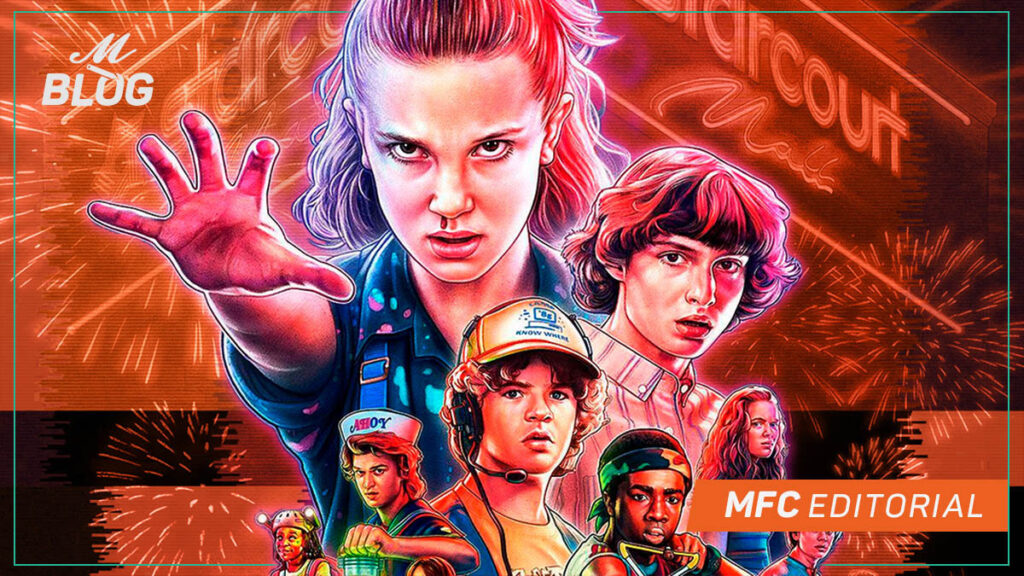

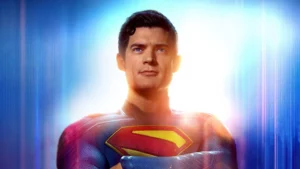
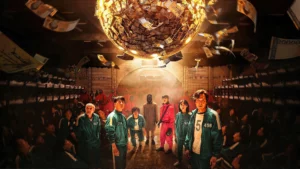
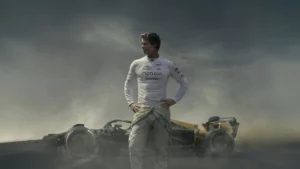
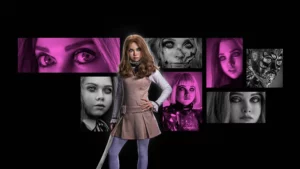
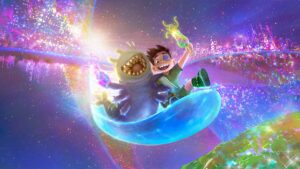
0 Comments